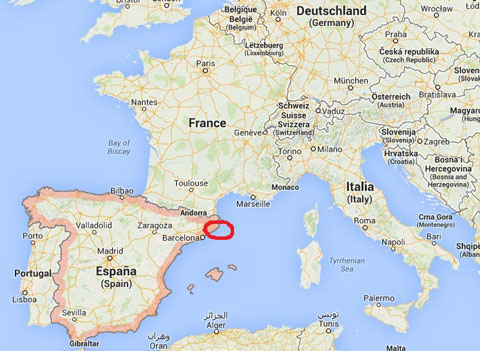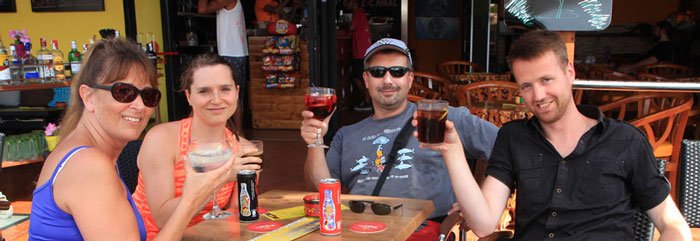www.adcdiving.be © Dirk Wuyts Add this page to your Favorites Welcome to our diving website and travel stories
Travel and diving in Spain L'Estartit on the Medes islandsDutch - Nederlands |

Like and share this travel story and diving with photos of Spain Estartit with your friends on Facebook |











